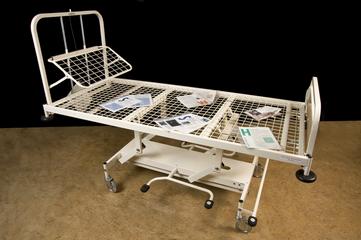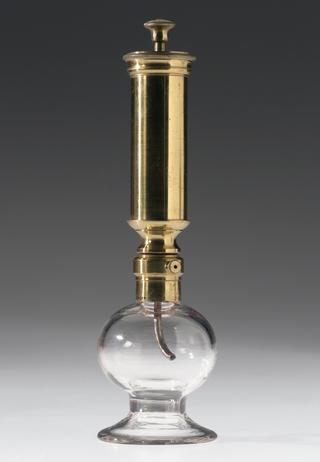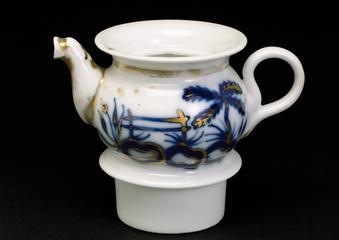Wickerwork cradle
Open wickerwork basket, part of a set of weighing scales for babies and infants, English, 1890-1910
More
This basket is part of a set of weighing scales were made to measure the weights of babies and infants. The child was placed in the wicker basket and weights were added to the pan to make the balance level. The weights range from 2lb (just under 1kg) to 14lb (approximately 6.5kg). Babies are ideally weighed regularly after they are born to monitor their growth, a practice that was being increasingly encouraged around the beginning of the 20th century.
- Measurements:
-
overall: 200 mm x 674 mm x 310 mm, .37 kg
- Materials:
- complete and wickerwork
- Object Number:
- A655834 Pt1
- type:
- cradle






